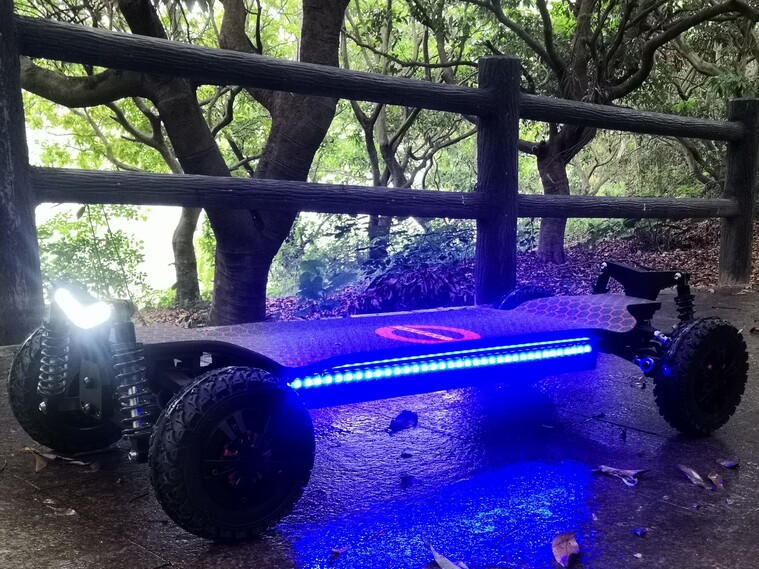Mountainboarding is an exhilarating sport that combines elements of snowboarding, skateboarding, and mountain biking. Whether you're a beginner or an experienced rider, having the right gear is crucial for a safe and enjoyable mountainboarding experience. In this mountainboard gear guide, we will explore the essential equipment that every rider should have.
1. Mountainboard Deck
The mountainboard deck is the foundation of your setup. It is the board that you stand on and ride. When choosing a mountainboard deck, consider factors such as size, flex, and construction material. A larger deck provides more stability, while a smaller deck offers increased maneuverability. Flex refers to the board's ability to absorb shocks and vibrations, and it can vary depending on your riding style and preferences. Common materials used for mountainboard decks include wood, composite, and carbon fiber.
When selecting a mountainboard deck, it's important to consider your skill level and riding style. Beginners may prefer a more stable and forgiving deck, while advanced riders might opt for a deck with increased responsiveness and control.
2. Mountainboard Trucks
Mountainboard trucks are the metal components that connect the deck to the wheels. They play a crucial role in determining the board's turning radius and stability. When choosing mountainboard trucks, consider factors such as width, height, and the type of suspension system.
Wider trucks provide more stability, while narrower trucks offer increased maneuverability. The height of the trucks affects the board's center of gravity, with higher trucks providing more ground clearance. Suspension systems can vary, with some trucks featuring springs or elastomers to absorb shocks and vibrations.
3. Mountainboard Wheels
Mountainboard wheels are designed to provide traction and control on various terrains. They come in different sizes, durometers (hardness), and tread patterns. Larger wheels offer better stability and roll over obstacles more easily, while smaller wheels provide increased maneuverability. Durometer refers to the hardness of the wheel, with softer wheels offering more grip and shock absorption.
Tread patterns can vary depending on the terrain you'll be riding on. For example, if you'll be riding on dirt or grass, a more aggressive tread pattern with deeper lugs will provide better traction. On the other hand, if you'll be riding on pavement or smooth surfaces, a smoother tread pattern will offer less rolling resistance.
4. Mountainboard Protective Gear
Protective gear is essential for every mountainboard rider to ensure safety while enjoying the sport. The following are some of the key protective gear items that every rider should have:
- Helmet: A helmet is crucial for protecting your head in case of falls or collisions.
- Knee and Elbow Pads: These pads provide cushioning and protection for your knees and elbows.
- Wrist Guards: Wrist guards help prevent wrist injuries in case of falls.
- Protective Clothing: Wear long sleeves, long pants, and sturdy shoes to protect your skin and reduce the risk of abrasions.
Investing in high-quality protective gear is essential to minimize the risk of injuries and ensure a safe mountainboarding experience.
Now that you have a better understanding of the essential equipment for mountainboarding, it's time to gear up and hit the slopes! Remember to always prioritize safety and have fun exploring the thrilling world of mountainboarding.
